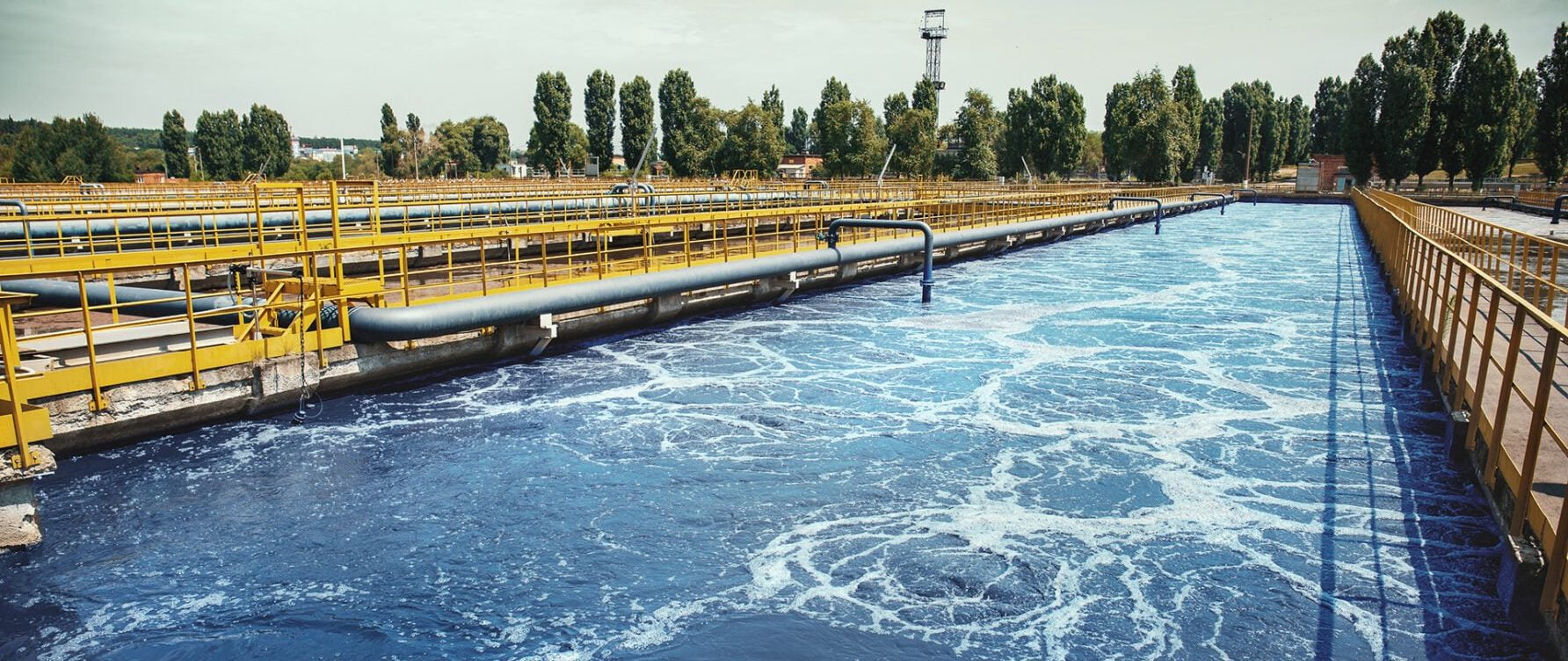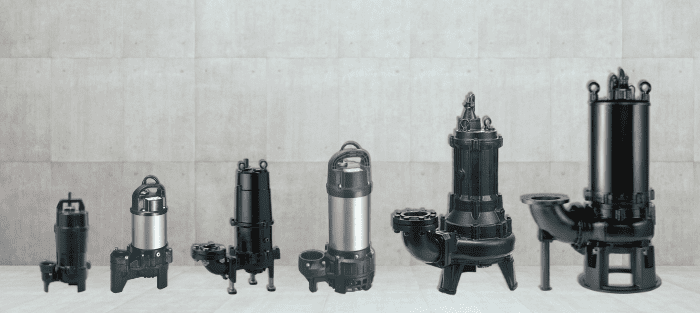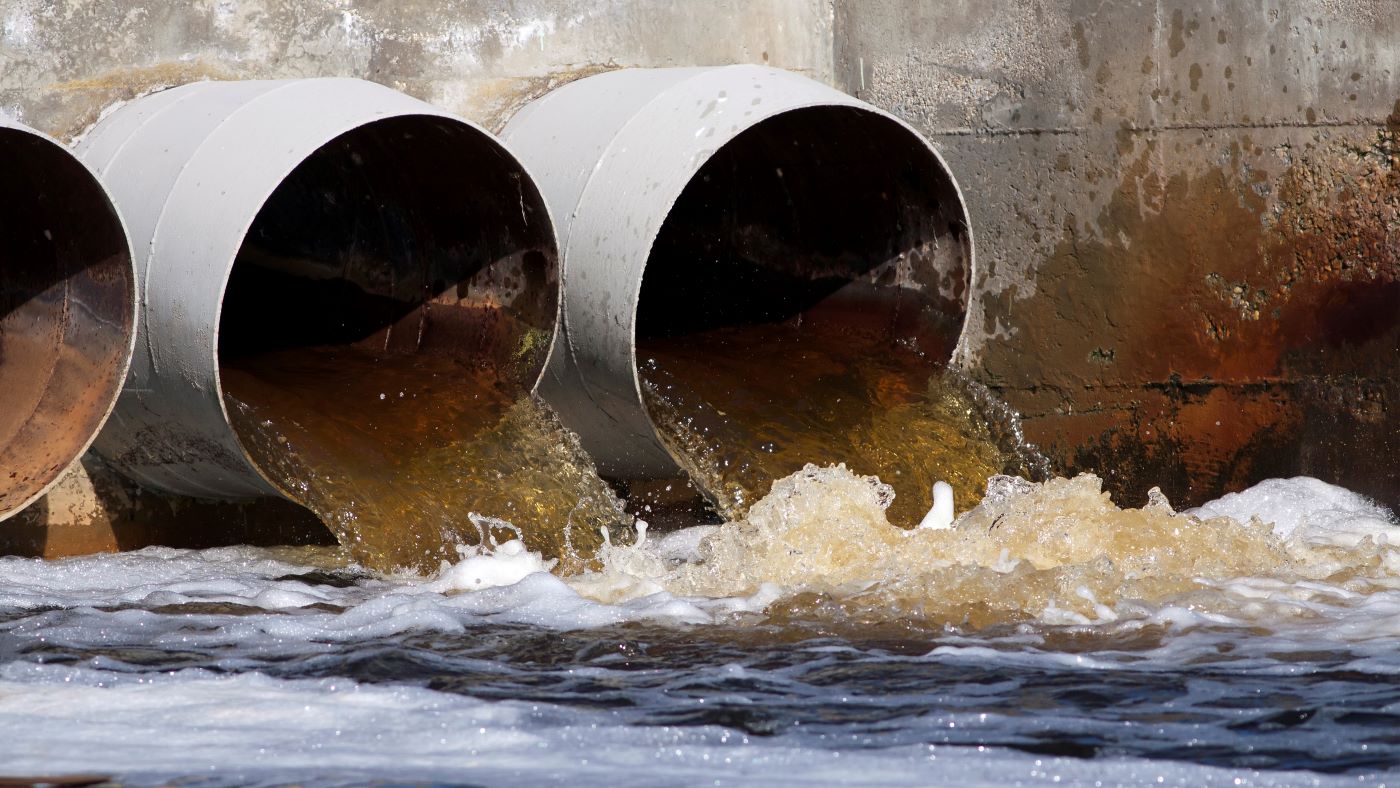
Submersible pumps are crucial for effective wastewater management, going beyond basic operation to play a vital role in environmental safety.
Designed to work underwater, they efficiently manage wastewater in diverse settings, from city sewage and wastewater systems to rural treatment plants, ensuring proper waste flow and preventing contamination.
In Australia, where varied landscapes create unique challenges, these pumps are essential. Whether in urban centres or remote areas, they maintain sanitation, prevent flooding, and support key infrastructure.
This article explores the importance of submersible sewage pumps in wastewater management across Australia.
How Submersible Pumps Work
Submersible pumps operate on a simple yet highly effective principle: by being fully submerged in the liquid, they efficiently pump water to another location.
This submersion is key to their efficiency, as it eliminates the need for priming and cooling The pump’s main components include an electrical motor, an impeller, pump body and seals that keep the system watertight.
The motor drives the impeller, which creates the necessary force to move the water through the pump and out to the designated discharge area. The seals are critical, ensuring that the water stays out of the mechanical parts, maintaining both the pump’s performance and longevity for pumping sewage.
Types of Submersible Pumps for Wastewater
Submersible pumps are available in different types to suit various wastewater management needs. Light models are suited for residential use, managing smaller volumes in homes or small-scale settings.
Heavy-duty models, designed for commercial and industrial applications, handle larger volumes and tougher conditions. These robust pumps are ideal for sewage systems and industrial wastewater treatment, where durability and high performance are critical.

Applications of Submersible Pumps in Wastewater Management
Submersible pumps are essential in wastewater management, playing a critical role in several key areas to ensure efficient and reliable operation:
- Sewage Transport and Treatment: These pumps are vital for transporting sewage to treatment facilities and are used throughout various stages of the treatment process.
- Flood Prevention and Sewer Drainage: They are crucial in preventing urban flooding by maintaining a consistent flow of wastewater and storm water, helping to avoid system overload and flooding.
- Solid Waste Handling: Submersible pumps are designed to manage solid waste effectively, often featuring cutting and grinding mechanisms to prevent clogging and ensure smooth operation.
Subtypes of Submersible Pumps for Specific Applications
Tsurumi Pumps offers a wide range of submersible pumps, each tailored to specific applications within wastewater management:
- UZ: Tsurumi’s heavy-duty sewage pump, is designed with robust solids-handling capabilities.
- SF: A versatile option from Tsurumi for general wastewater management tasks.
- PN: Tsurumi’s portable utility pump, offers flexibility for various applications.
- KRSU: Tsurumi’s high performance submersible sewer and storm water bypass pump.
- CZ, BZ, C, B, MG, U, PU: These Tsurumi models are compatible with guide rail systems, making installation and maintenance easier.
- TM, UTZ, UT: Tsurumi has designed these pumps for specialised functions within wastewater systems.
Benefits of Submersible Pumps in Sewage Systems
Efficiency and Performance
Submersible pumps are engineered for maximum efficiency, featuring an energy-saving design that cuts down on power usage.
Their high capacity allows them to handle large volumes of wastewater efficiently, making them essential in demanding sewage systems. This blend of efficiency and performance ensures that submersible pumps can tackle even the toughest wastewater management tasks with ease.
Durability and Low Maintenance
Built from sturdy materials like cast iron, stainless steel, and high-chrome alloys, submersible pumps are designed for long-term use. These materials offer excellent durability and resistance to corrosion, even in harsh conditions.
The robust construction of these pumps means they require less maintenance over time, providing a reliable solution that minimises downtime and reduces maintenance costs in sewage systems.
Safety and Noise Reduction
A major advantage of submersible pumps is their quiet operation, thanks to their submerged design. By functioning underwater, these pumps naturally reduce noise and sit out of sight.
Additionally, the design reduces electrical hazards, ensuring safer operation even in challenging conditions, which is vital for maintaining safety in sewage management.
Space-Saving Installation
Submersible pumps are prized for their ability to be installed in tight spaces, making them ideal for areas where space is at a premium. Unlike traditional pumps, they don’t require extensive infrastructure, such as large pump houses or additional support structures.
This space-saving installation not only simplifies the setup process but also reduces the overall footprint of the pumping system, making it a practical choice for modern living and sewage systems.
Considerations for Choosing Submersible Pumps
Factors Influencing Selection
When choosing a submersible pump, it’s important to consider the type and size of solids present in the wastewater. Pumps need to be capable of handling the specific waste materials they will encounter to ensure smooth operation.
Additionally, environmental conditions, such as the corrosiveness of the wastewater, play a crucial role in selecting the right pump. The pump’s materials and design must be suitable for withstanding these conditions to ensure long-term reliability.
Cost and Efficiency Balance
Balancing cost and efficiency is key when selecting a submersible pump. While opting for a lower initial investment might be tempting, it’s important to consider the long-term benefits. A more efficient pump can significantly save energy and maintenance over time.
Additionally, the ease of serviceability and maintenance costs should be factored in. Choosing a pump that is easy to maintain can reduce downtime and keep operating costs low, making it a more cost-effective choice in the long run.

Conclusion
In summary, submersible pumps are vital for modern sewage and wastewater management, providing efficiency, durability, safety, and space-saving installation.
When choosing a pump, it’s essential to consider the specific needs of your system, including solids type, environmental conditions, and long-term cost efficiency.
Tsurumi Pumps offers a wide range of submersible pumps designed to meet these requirements, ensuring reliable performance in even the toughest environments.
Choosing a Tsurumi pump is an investment in both immediate and long-term benefits, making it an excellent choice for any wastewater management system.

